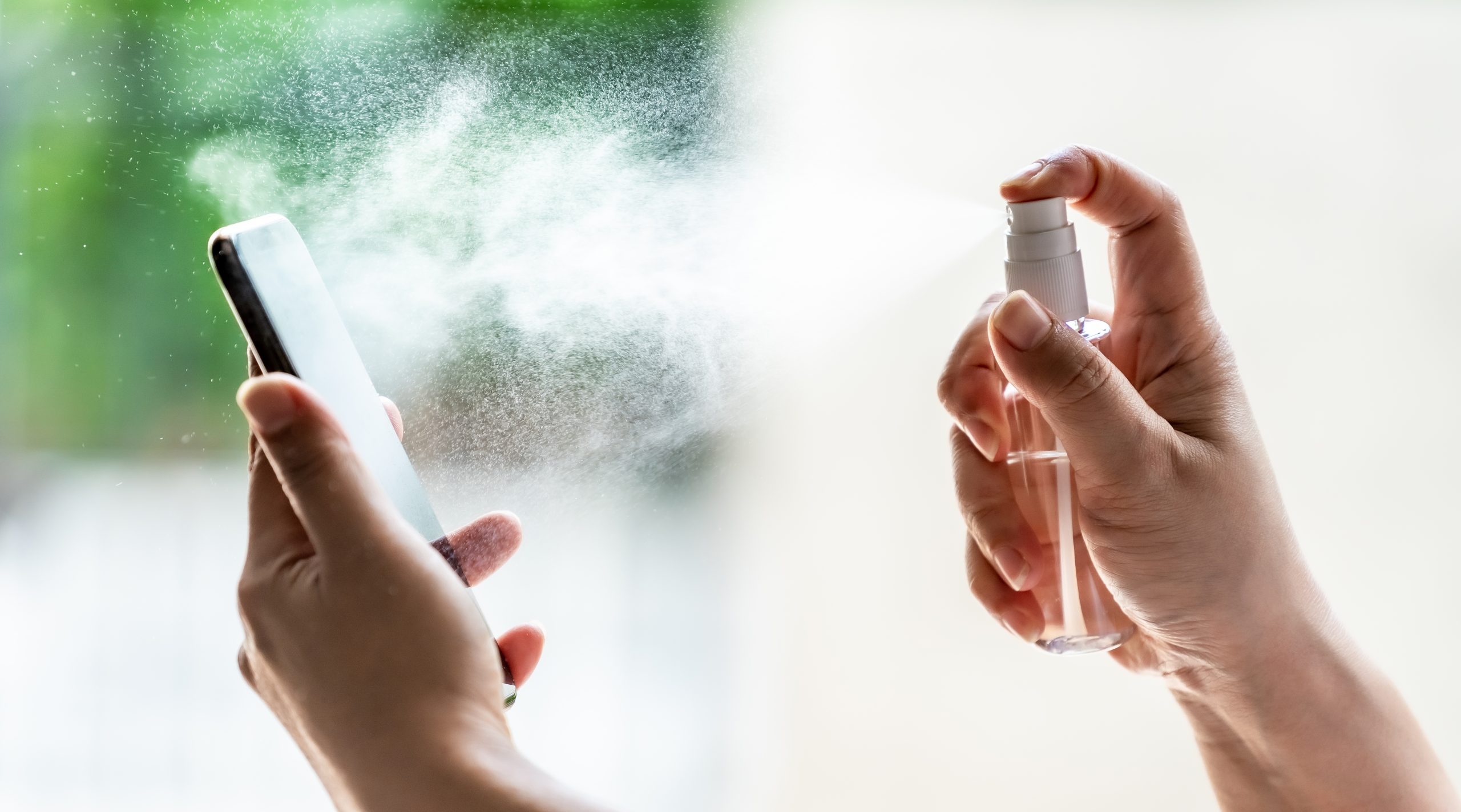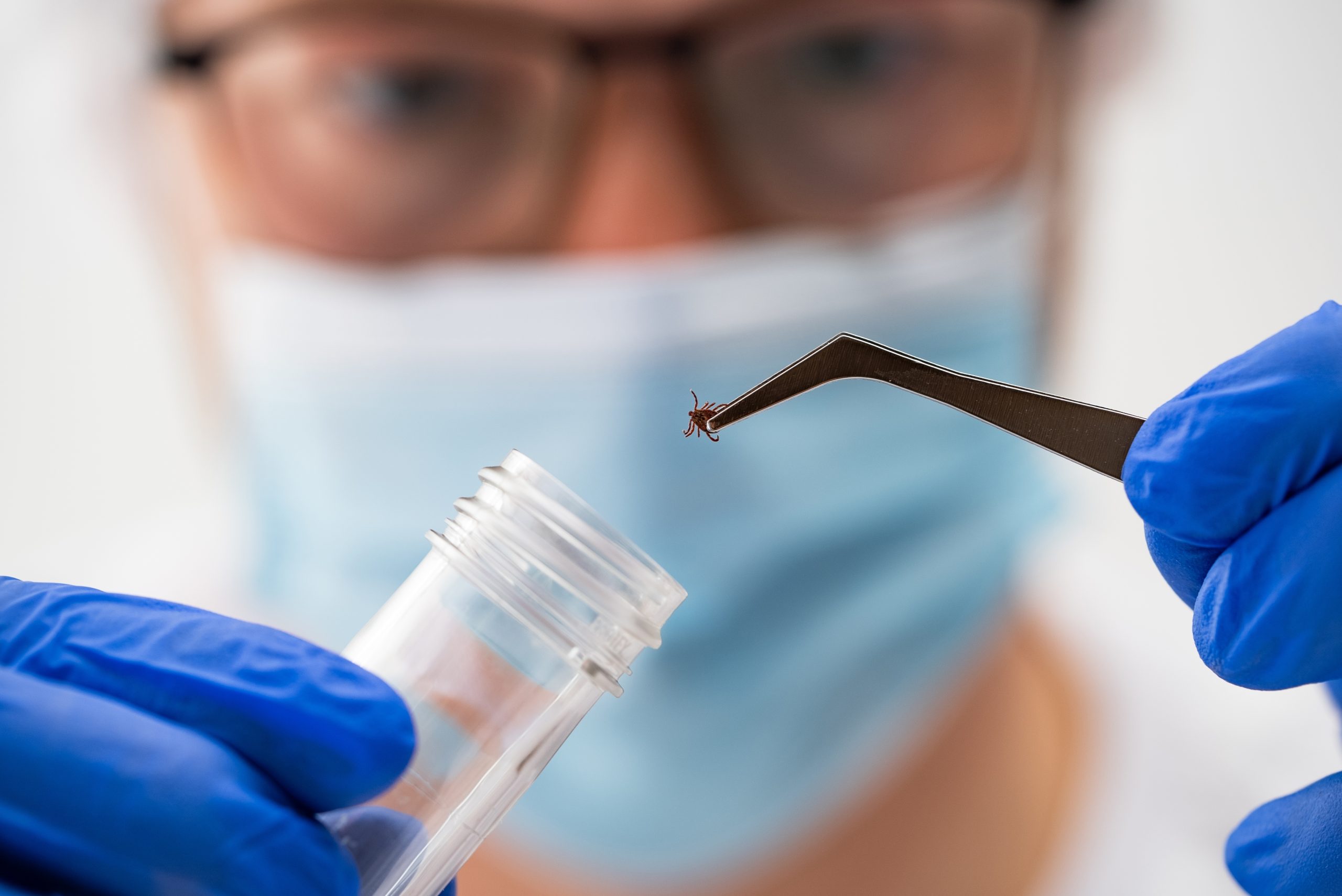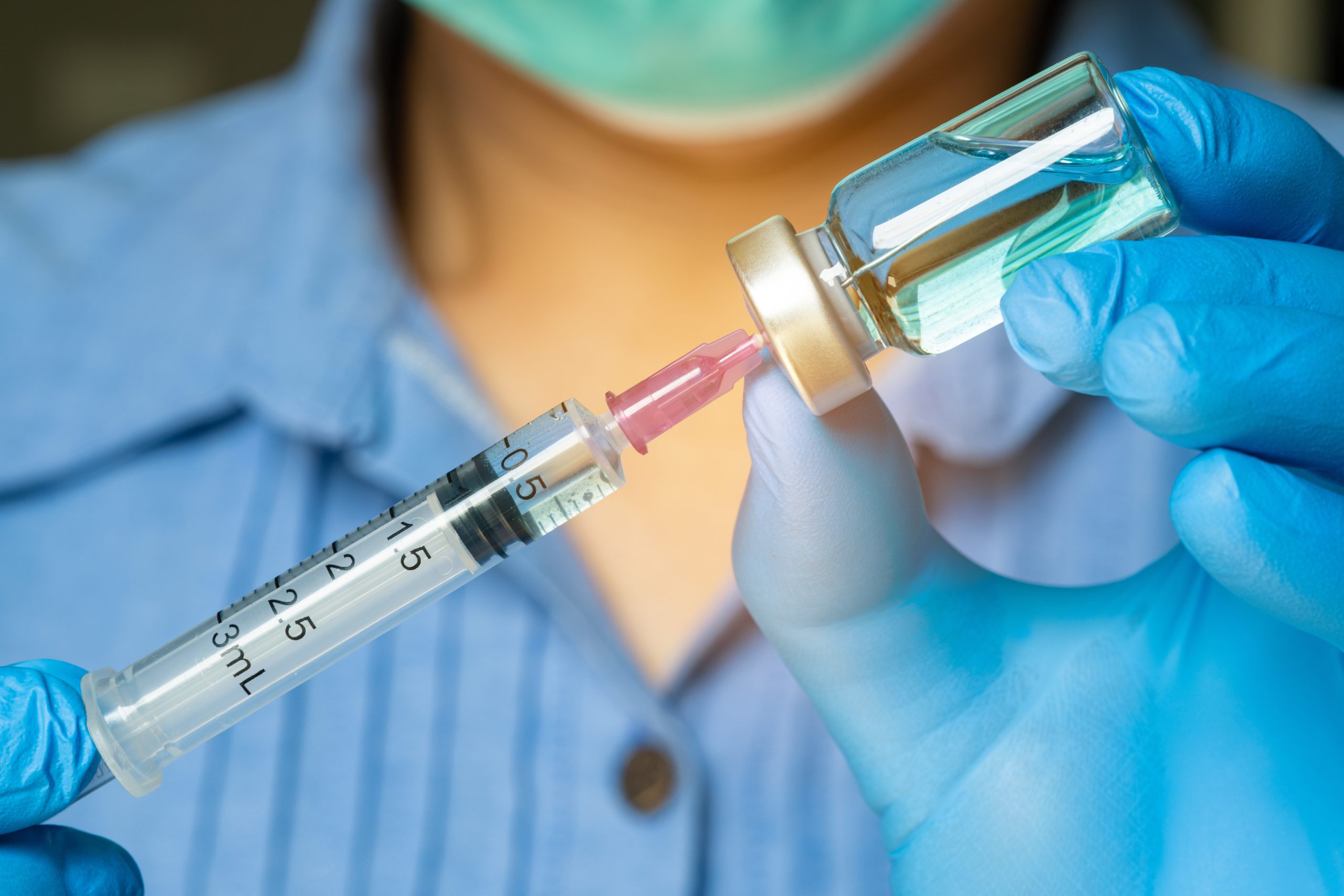Your phone is likely filthier than a public restroom door handle, and the way you clean it—or don’t—could quietly be sabotaging your health and your device at the same time.
Story Snapshot
- Smartphones harbor more germs than most toilet seats, with frequent bathroom use amplifying the risk.
- Despite pandemic-era hygiene messaging, routine phone cleaning remains shockingly rare.
- Expert advice reveals how to clean devices safely without damaging sensitive electronics.
- New research and tech industry responses are shaping tomorrow’s device hygiene standards.
Phones: The Overlooked Hot Zone for Germs
Smartphones accompany us everywhere—kitchens, gyms, cafes, and, yes, restrooms. Recent behavioral studies found that an astonishing 96% of Gen Z and 90% of millennials admit to using their phones in the bathroom, an environment teeming with pathogens. Microbiologists warn that the typical phone surface harbors more bacteria than a toilet seat, and those germs include strains capable of causing healthcare-associated infections. As our dependence on screens intensifies, the gap between hand hygiene and device hygiene grows wider, with most users oblivious to the microbial hitchhikers tagging along in their pockets.
Surveys and swab tests conducted from 2023 to 2025 consistently show high rates of phone contamination, especially among younger demographics who are rarely separated from their devices—even in unsanitary environments. While handwashing became a public ritual during the COVID-19 pandemic, phone cleaning lagged behind, overlooked by both individuals and public health campaigns. The consequences extend beyond personal inconvenience; contaminated phones in hospitals have been linked to outbreaks of antibiotic-resistant infections, prompting urgent calls for device disinfection protocols.
The Psychology Behind Neglected Device Hygiene
Behavioral science tells us that the habit of clutching our phones in every waking moment blinds us to the invisible risks. The psychological attachment to smartphones—part social lifeline, part security blanket—makes routine cleaning feel unnecessary, even awkward. Many users underestimate the danger by assuming their hands are clean or that a quick wipe on a shirt will suffice. Add the fear of damaging expensive electronics, and avoidance becomes the default. This disconnect is not lost on researchers, who point out that even among healthcare professionals, phone hygiene is often the weakest link in infection control.
Manufacturers and public health agencies have responded with updated cleaning guidelines, but confusion persists. Some users resort to aggressive tactics—bleach, ammonia, even submerging phones in water—only to destroy screens and circuitry. Others do nothing, risking not only their own health but also that of vulnerable people around them. The tension between safety and device preservation sets the stage for expert advice grounded in science and common sense.
Expert Guidance: Cleaning Without Compromise
Tech experts and infection control specialists agree on a few golden rules. First, avoid harsh chemicals, abrasive cloths, or direct sprays, all of which can erode coatings, cloud cameras, or fry internals. Instead, opt for alcohol-based wipes—ideally 70% isopropyl alcohol—that are proven to neutralize bacteria and viruses without damaging phone surfaces. UV sanitizers have emerged as a popular, effective alternative, especially in healthcare settings where routine device disinfection is critical.
Experts caution against complacency: even the best cleaning regimen is only as effective as its consistency. Weekly cleaning may be enough for the average user, but daily disinfection is recommended for those working in high-risk environments like hospitals. Accessory makers have seized the opportunity, offering antimicrobial cases and screen protectors, while tech giants update their care instructions to reflect the latest research. The convergence of expert consensus and industry innovation points to a future where device hygiene is as routine as washing hands after a restroom visit.
What’s Next: Toward a Culture of Device Hygiene
Growing awareness is beginning to shift behaviors, albeit slowly. Hospitals are piloting staff protocols for device cleaning, and tech companies are experimenting with antimicrobial materials and waterproofing to make cleaning safer and easier. Public health campaigns now include phone hygiene alongside traditional advice, reflecting a broader understanding of disease transmission in the digital age.
Still, the path to widespread change is uncertain. Some experts argue that the infection risk for the average healthy user may be overstated, but the prevalence of high-risk behaviors—phones in bathrooms, kitchens, and healthcare settings—is undeniable. As new studies emerge and cleaning products flood the market, one thing is clear: the smartphone, once seen as a symbol of progress, has become an unexpected frontline in the fight against invisible threats. The next time you tap, swipe, or scroll, consider what else you might be carrying—and what a simple wipe could save you from.
Sources:
BankMyCell: Cell Phone Usage in Toilet Survey
Journal of Medical Internet Research: Microbial Contamination of Mobile Phones











